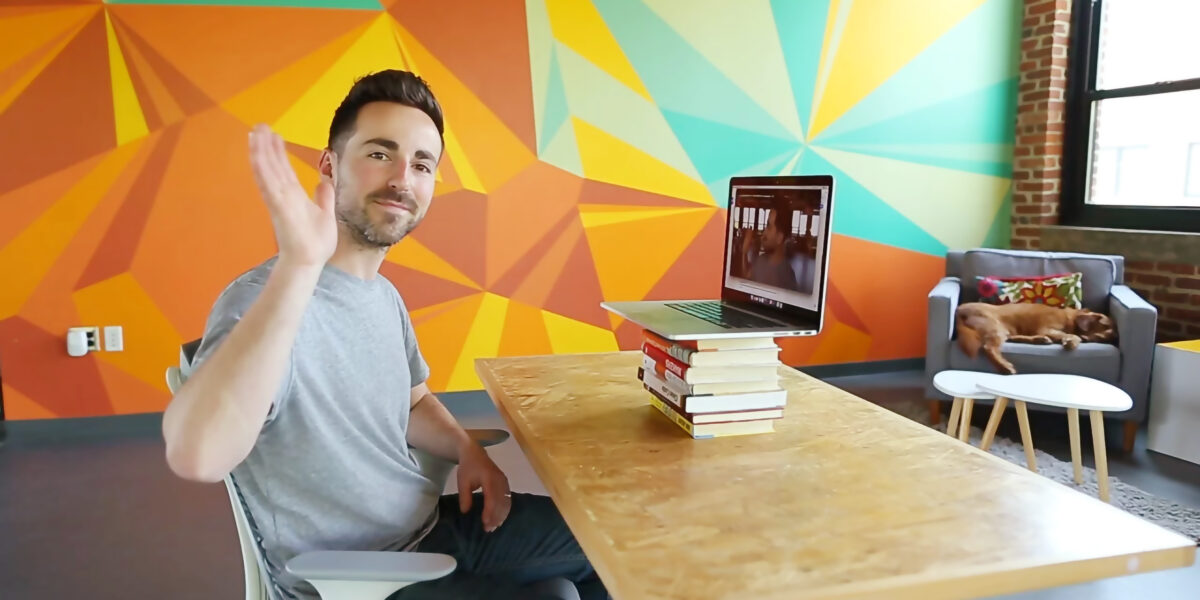1. Choose high-quality camera settings
iPhone settings
-
Open Settings
-
Swipe down and tap "Camera"
-
Tap "Record Video"
-
Select "4K at 24 FPS or 30FPS." If 4K is not available on your phone, choose "1080p HD at 30 fps."
Android phone settings
-
Open your Camera settings
-
Android phone settings vary, but most have options for video, choose 4K if available, if not, choose the highest setting available. For example, use either QHD or FHD or 1080P.
-
If the FPS (Frames Per Second) option is available, choose 24FPS or 30FPS.
Computer settings
-
You can record using the Camera app on Windows, Quicktime on Mac or any other preferred software.
-
Zoom recordings have low video quality. Only use Zoom to record when other options aren’t available. If you need to use Zoom, select "HD" in the video settings.

2. Arranging the scene
Camera placement at eye level

- If you’re using a laptop, put it on a box or a stack of books so that the camera is at your eye level.

- Try to frame the scene so that your eyes are about a third of the way down the screen.
-
When recording, look right into the camera as much as possible to create eye contact with your viewer.
Lighting
- Try to use natural light from a window. Your face should be facing the window.
- Avoid having a bright light source in the background.
Background
- Create space between you and your background so that you’re not right up against a wall.
- Avoid virtual backgrounds if possible.
3. Sound
- Use a dedicated microphone, if possible.
- Avoid sitting near large appliances, vents and air conditioners that emit noise. Carpeted rooms and large padded chairs all help cut down on the echo of your voice.




